Home>Articles>How To Cook Butternut Squash In Electric Pressure Cooker
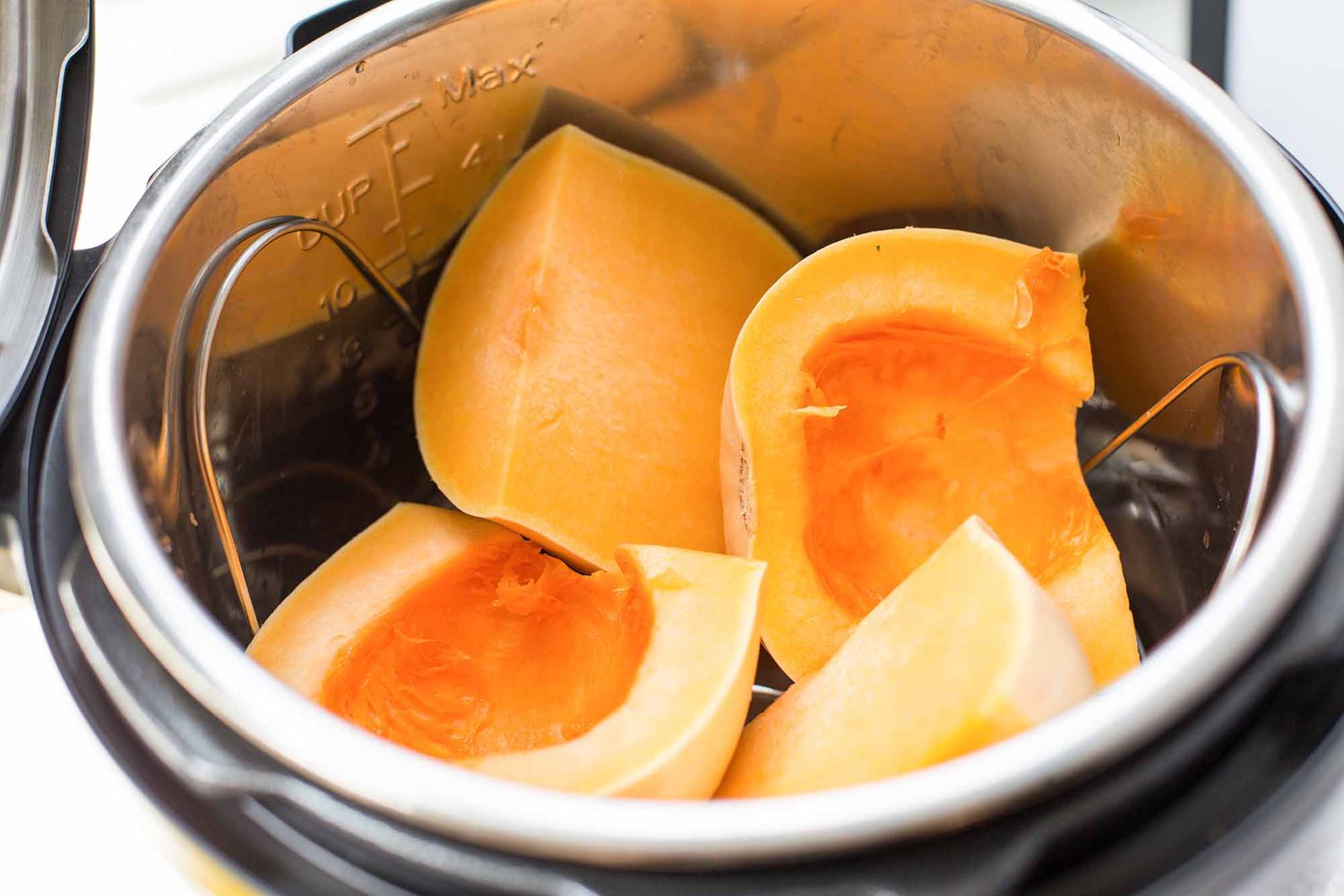

Articles
How To Cook Butternut Squash In Electric Pressure Cooker
Modified: January 5, 2024
Learn how to cook delicious butternut squash in your electric pressure cooker with our informative articles. Discover the best tips and techniques for perfectly cooked squash.
(Many of the links in this article redirect to a specific reviewed product. Your purchase of these products through affiliate links helps to generate commission for Storables.com, at no extra cost. Learn more)
Introduction
Butternut squash is a versatile and delicious vegetable that can be enjoyed in a variety of recipes. From soups and stews to roasted side dishes and even desserts, this nutrient-rich squash adds a satisfying and healthy twist to any meal. While there are many traditional methods of preparing butternut squash, using an electric pressure cooker offers a convenient and efficient way to cook this delicious vegetable.
In this article, we will explore the benefits of using an electric pressure cooker, provide step-by-step instructions on how to cook butternut squash in an electric pressure cooker, and share some tips and tricks for perfectly cooked butternut squash. Whether you’re a seasoned cook or just starting to experiment in the kitchen, this guide will help you unlock the full potential of your electric pressure cooker and create mouthwatering butternut squash dishes.
So, if you’re ready to discover a new way to cook butternut squash that saves time and produces tender, flavorful results, let’s dive in!
Key Takeaways:
- Cooking butternut squash in an electric pressure cooker offers time-saving convenience, retains nutrients, enhances flavor, and provides endless culinary possibilities, making it a valuable tool for any home cook.
- Properly selecting, preparing, and pressure cooking butternut squash, along with creative serving ideas and maintenance tips for the electric pressure cooker, ensures delicious and hassle-free culinary experiences.
Benefits of Using an Electric Pressure Cooker
When it comes to cooking butternut squash, using an electric pressure cooker offers a range of advantages that make it a worthwhile investment for any home cook. Here are some of the key benefits of using an electric pressure cooker:
- Time-saving convenience: Electric pressure cookers are designed to cook food quickly. With the high pressure and heat generated inside the pot, cooking times can be significantly reduced compared to traditional methods. This means you can have perfectly cooked butternut squash ready in a fraction of the time it would take on the stovetop or in the oven.
- Retains nutrients: Unlike boiling or steaming, which can cause some nutrients to leach into the cooking water, pressure cooking helps retain the nutritional value of butternut squash. The sealed environment of the pressure cooker traps the steam and moisture, ensuring that the squash retains its vitamins and minerals.
- Enhanced flavor and texture: The intense heat and pressure in an electric pressure cooker help to infuse the butternut squash with flavor, resulting in a more flavorful end product. Additionally, the even distribution of heat in the pot ensures that the squash cooks evenly, resulting in a tender and creamy texture.
- Energy efficiency: Electric pressure cookers are designed to be energy-efficient, using less electricity compared to traditional cooking methods. This makes them a more environmentally friendly option and can lead to cost savings on your energy bill.
- Versatility: Electric pressure cookers are incredibly versatile and can be used to cook a wide range of dishes. From soups and stews to risottos and desserts, an electric pressure cooker offers endless possibilities for cooking butternut squash and other ingredients.
With these benefits in mind, it’s clear to see why an electric pressure cooker is a valuable tool for any cook looking to make the most of their butternut squash recipes. Now, let’s move on to selecting and preparing the perfect butternut squash for pressure cooking.
Selecting and Preparing the Butternut Squash
Before you can cook butternut squash in an electric pressure cooker, it’s important to select the right squash and properly prepare it for cooking. Here are some guidelines to help you choose the perfect butternut squash and prepare it for your pressure cooker:
- Choose the right size: Look for medium-sized butternut squash that feel heavy for their size. They should have a firm and unblemished skin. Avoid squash that feels soft or has bruises.
- Check the stem: The stem of the squash should be intact and firmly attached. A loose or broken stem could indicate that the squash is not fresh or has been mishandled.
- Wash and dry: Before you begin preparing the squash, give it a thorough rinse under running water to remove any dirt or debris. Pat it dry with a clean towel.
- Peel and remove seeds: Using a sharp vegetable peeler or a paring knife, carefully peel the skin off the butternut squash. Once the squash is peeled, cut it in half lengthwise. Use a spoon to scoop out the seeds and fibrous pulp from the center of the squash.
- Cut into cubes: Once the seeds are removed, cut the butternut squash into small, evenly-sized cubes. This will ensure that the squash cooks evenly and helps to speed up the cooking process.
- Optional seasonings: If desired, you can season the butternut squash cubes with a pinch of salt, pepper, or your favorite spices. This will add an extra layer of flavor to the squash.
Now that you’ve selected and prepared your butternut squash, you’re ready to start cooking it in your electric pressure cooker. In the next section, we’ll provide step-by-step instructions on how to cook butternut squash in an electric pressure cooker.
Cooking Butternut Squash in an Electric Pressure Cooker
An electric pressure cooker is a fantastic tool for cooking butternut squash quickly and easily. The high pressure and heat generated inside the pot ensure that the squash cooks evenly and becomes tender in a fraction of the time compared to traditional cooking methods. Here’s a step-by-step guide on how to cook butternut squash in an electric pressure cooker:
- Add liquid: Start by pouring one cup of water or vegetable broth into the bottom of the pressure cooker. This liquid is necessary to create the steam that builds up the pressure inside the pot.
- Place the squash: Arrange the prepared butternut squash cubes in a single layer on a steamer basket or a trivet that fits inside the pressure cooker. This ensures that the squash cooks evenly and doesn’t become mushy.
- Secure the lid: Close the lid of the electric pressure cooker, ensuring that it is properly sealed. Follow the manufacturer’s instructions for your specific pressure cooker model to secure the lid tightly.
- Set the cooking time: Set the cooking time based on the size of the butternut squash cubes. As a general guideline, for small cubes, cook for 4-6 minutes at high pressure, and for larger cubes, cook for 6-8 minutes at high pressure.
- Start cooking: Turn on the electric pressure cooker and select the high-pressure cooking setting. The cooker will start building up pressure and will begin the cooking process once the desired pressure is reached.
- Natural release or quick release: Once the cooking time is complete, you can release the pressure manually by using the quick release method or allow the pressure to release naturally by leaving the cooker untouched for 10-15 minutes. Follow the manufacturer’s instructions for your specific pressure cooker model.
After the pressure has been released, carefully open the lid of the electric pressure cooker. Your butternut squash should be tender and ready to be enjoyed in your favorite recipes.
Now that you know the basic steps for pressure cooking butternut squash, let’s dive deeper into the detailed instructions for each step. This will ensure that you achieve perfectly cooked butternut squash every time. Stay tuned for the next section!
Step-by-Step Instructions for Pressure Cooking Butternut Squash
Pressure cooking butternut squash in an electric pressure cooker is a straightforward process that yields perfectly tender and flavorful results. To ensure success, follow these step-by-step instructions:
- Add liquid: Start by pouring one cup of water or vegetable broth into the bottom of the pressure cooker. This liquid will create the steam needed to build pressure inside the pot and prevent the squash from sticking to the bottom.
- Place the steamer basket: If your pressure cooker comes with a steamer basket, place it inside the pot. If not, you can use a trivet or create a makeshift platform using foil-coated balls of aluminum foil. This will elevate the butternut squash to prevent it from sitting in the liquid.
- Arrange the butternut squash: Place the prepared butternut squash cubes in a single layer on top of the steamer basket or trivet. It’s important not to overcrowd the squash to ensure even cooking.
- Secure the lid: Close the lid of the electric pressure cooker and make sure it is properly sealed. This is crucial for building pressure inside the pot. Consult your pressure cooker’s manual for instructions on how to correctly seal the lid for your specific model.
- Select the cooking time: Depending on the size of your butternut squash cubes, set the cooking time accordingly. For small cubes, cook for 4-6 minutes at high pressure, while larger cubes may require 6-8 minutes at high pressure. Adjust the time as needed.
- Start cooking: Turn on the electric pressure cooker and select the high-pressure cooking setting. The cooker will begin to heat up and build pressure. Once the desired pressure is reached, the cooking process will start.
- Release the pressure: After the cooking time is complete, you have two options for releasing the pressure: natural release and quick release. For natural release, let the pressure cooker sit undisturbed for 10-15 minutes to allow the pressure to decrease gradually. For quick release, carefully move the pressure release valve to the venting position to release the pressure manually. Be cautious of the hot steam.
Once the pressure has been fully released, it’s safe to open the lid of the electric pressure cooker. You will be greeted with perfectly cooked butternut squash cubes, ready to be enjoyed in your favorite recipes.
Now that you have mastered the step-by-step instructions for pressure cooking butternut squash, it’s time to learn some tips and tricks for achieving the best results. Keep reading to enhance your butternut squash cooking skills!
Before cooking butternut squash in an electric pressure cooker, make sure to pierce the squash with a fork a few times to allow steam to escape and prevent it from bursting during cooking.
Read more: How To Store Butternut Squash In Freezer
Tips and Tricks for Perfectly Cooked Butternut Squash
Cooking butternut squash in an electric pressure cooker can be a game-changer, producing tender and flavorful results in a fraction of the time compared to traditional cooking methods. To ensure that your butternut squash turns out perfectly cooked every time, consider these helpful tips and tricks:
- Uniform-sized cubes: Cut the butternut squash into uniform-sized cubes. This ensures that the pieces cook evenly and at the same rate. Aim for 1-inch cubes for consistent results.
- Adjust cooking time: Depending on the desired level of tenderness and the size of the squash cubes, you can adjust the cooking time. If you prefer a slightly firmer texture, decrease the cooking time by a minute or two. Likewise, if you want your squash extra soft and creamy, increase the cooking time by a minute or two.
- Seasoning options: While it’s perfectly delicious to pressure cook plain butternut squash, consider adding seasonings to enhance the flavor. A sprinkle of salt, black pepper, cinnamon, or nutmeg can elevate the taste profile and complement the natural sweetness of the squash.
- Use broth for added flavor: Consider using vegetable or chicken broth instead of water as the cooking liquid. This will infuse the butternut squash with a savory flavor, adding depth to your dish.
- Natural release for better texture: When possible, opt for natural pressure release by letting the pressure cooker sit undisturbed for 10-15 minutes. This allows the steam to gradually escape and results in a more tender and evenly cooked butternut squash.
- Quick release for time efficiency: If you’re short on time, a quick pressure release is an option. However, be mindful that using this method may result in slightly firmer squash. Exercise caution when releasing the pressure, as the hot steam can cause burns.
- Experiment with cooking techniques: While pressure cooking is an excellent method for cooking butternut squash, don’t limit yourself. Consider roasting or sautéing the squash cubes after pressure cooking to add a caramelized flavor and texture.
- Store leftovers properly: If you have leftovers, store the cooked butternut squash in an airtight container in the refrigerator for up to three to four days. It can be used in various recipes, such as soups, salads, or side dishes.
- Don’t forget about the seeds: The seeds from the butternut squash can also be roasted and enjoyed as a snack or used in other recipes. Rinse and remove any strings attached to the seeds, toss them with some olive oil and seasoning, and roast them in the oven until golden brown.
With these tips and tricks in mind, you’re well on your way to achieving perfectly cooked butternut squash in your electric pressure cooker. Now, it’s time to explore how to serve and enjoy your cooked butternut squash creations!
Serving and Enjoying Cooked Butternut Squash
Now that you have successfully cooked butternut squash in your electric pressure cooker, it’s time to savor its deliciousness. Here are some ideas for serving and enjoying your cooked butternut squash:
- As a standalone side dish: Serve the cooked butternut squash as a simple and nutritious side dish. Season it with a sprinkle of salt and pepper or drizzle it with a little olive oil for added flavor.
- In soups and stews: Add the cooked butternut squash to your favorite soups and stews for a hearty and satisfying meal. Its creamy texture and sweet taste complement well with other ingredients, such as root vegetables, herbs, and spices.
- In salads: Toss the cooked butternut squash cubes with mixed greens, crumbled cheese, nuts, and a light dressing to create a flavorful and nutritious salad. The combination of textures and flavors will make for a delightful meal.
- As a filling for pasta or ravioli: Mash the cooked butternut squash and use it as a filling for pasta dishes, such as tortellini or ravioli. The creamy and slightly sweet squash adds a delightful twist to traditional pasta recipes.
- In risottos or grain bowls: Combine the cooked butternut squash with risotto or whole grains like quinoa or farro to create a nourishing and filling meal. Season with herbs, spices, and a drizzle of olive oil for added taste.
- In baked goods: Get creative and incorporate the cooked butternut squash into baked goods like muffins, bread, or even cakes. Its natural sweetness and moist texture make it a great addition to various recipes.
- Pureed or as a sauce: Mash or puree the cooked butternut squash and use it as a sauce to serve alongside roasted meats or as a topping for pasta. The creamy consistency and rich flavor will enhance any dish.
- In desserts: Believe it or not, butternut squash can also be used in desserts like pies, puddings, or even ice cream. Its natural sweetness and smooth texture lend themselves well to creating unique and delicious sweet treats.
Don’t be afraid to get creative and experiment with different flavor combinations and recipe ideas. Butternut squash is a versatile ingredient that can be enjoyed in both savory and sweet dishes, making it a wonderful addition to your culinary repertoire.
Now that you know how to serve and enjoy your cooked butternut squash, let’s move on to the final section, where we’ll discuss how to clean and maintain your electric pressure cooker for lasting performance.
Cleaning and Maintaining Your Electric Pressure Cooker
Proper cleaning and maintenance of your electric pressure cooker are essential for its longevity and continued performance. Here’s a guide on how to clean and maintain your electric pressure cooker:
- After each use: Once you’ve finished cooking and the pressure has been released, unplug the pressure cooker and allow it to cool down. Remove the inner pot and any removable parts, such as the sealing ring or steam rack.
- Wash the removable parts: Wash the inner pot, sealing ring, and steam rack with warm soapy water. Use a non-abrasive sponge or cloth to remove any food residue. Rinse thoroughly and dry completely before reassembling.
- Clean the pressure cooker body: Wipe the pressure cooker body with a damp cloth to remove any spills or stains. Pay extra attention to the rim and the control panel where food particles can accumulate. Be careful not to immerse the pressure cooker body in water.
- Deep cleaning the sealing ring: Over time, the sealing ring can develop odors or discoloration. To deep clean the sealing ring, remove it from the lid and wash it with warm soapy water. You can also soak it in a mixture of vinegar and water for about 15 minutes to help remove any lingering odors. Rinse thoroughly and dry before reattaching.
- Check the pressure release valve: Regularly inspect the pressure release valve to ensure it is clean and free from any debris. Use a toothpick or a small brush to gently clean around the valve if needed. This ensures proper pressure release during cooking.
- Inspect the gasket: Check the gasket or sealing ring for any signs of wear or damage. If it’s cracked, warped, or no longer fitting snugly, it’s time to replace it with a new one. The gasket is an important part of maintaining the pressure inside the cooker, and a worn-out gasket may affect its performance.
- Store your electric pressure cooker properly: Once cleaned and dried, store your pressure cooker in a cool and dry place. Make sure it is properly assembled, and the lid is secured to prevent dust or other contaminants from entering.
- Follow the manufacturer’s recommendations: Every electric pressure cooker model may have specific cleaning and maintenance instructions. Check the manufacturer’s manual for any additional guidelines or recommendations to ensure that you’re caring for your specific cooker properly.
Regular cleaning and maintenance will not only keep your electric pressure cooker in optimal condition but also help prevent any cross-contamination or flavor transfer between different dishes. By following these cleaning and maintenance practices, you can enjoy many delicious meals with your electric pressure cooker for years to come.
Congratulations! You now have a comprehensive understanding of how to cook butternut squash in an electric pressure cooker, along with valuable tips for serving, cleaning, and maintaining your cooker. Armed with this knowledge, you’re ready to unleash your culinary creativity and enjoy the many delightful dishes you can prepare with butternut squash.
So, get cooking, enjoy the deliciousness, and happy pressure cooking!
Conclusion
Cooking butternut squash in an electric pressure cooker opens up a world of convenience and culinary possibilities. With the ability to tenderize and infuse flavor quickly, this kitchen appliance streamlines the cooking process, allowing you to enjoy perfectly cooked butternut squash in a fraction of the time compared to traditional methods.
In this article, we explored the benefits of using an electric pressure cooker, from its time-saving capabilities to its ability to retain nutrients and enhance flavor. We learned how to select and prepare butternut squash for pressure cooking, including tips on cutting and peeling, and even seasoning options.
We then delved into the step-by-step process of pressure cooking butternut squash, ensuring that each cube is cooked to perfection. Additionally, we provided useful tips and tricks for adjusting cooking times, adding variation to seasonings, and experimenting with different cooking techniques.
Once the butternut squash is cooked, we discussed creative ways to serve and enjoy it. Whether as a stand-alone side dish, incorporated into soups, salads, or even baked goods, the versatility of butternut squash allows for endless culinary exploration.
Lastly, we emphasized the importance of proper cleaning and maintenance to prolong the lifespan of your electric pressure cooker. By following simple steps and manufacturer recommendations, you can ensure that your cooker stays in optimal condition for many delightful dishes to come.
By harnessing the power of your electric pressure cooker, you can elevate your cooking skills and culinary repertoire. From weeknight dinners to entertaining guests, cooking butternut squash with an electric pressure cooker brings convenience, speed, and flavor to the forefront of your culinary adventures.
So, embrace the versatility of this delicious vegetable, experiment with flavors, and enjoy the mouthwatering dishes you can create with butternut squash and your trusty electric pressure cooker. Happy cooking!
Frequently Asked Questions about How To Cook Butternut Squash In Electric Pressure Cooker
Was this page helpful?
At Storables.com, we guarantee accurate and reliable information. Our content, validated by Expert Board Contributors, is crafted following stringent Editorial Policies. We're committed to providing you with well-researched, expert-backed insights for all your informational needs.
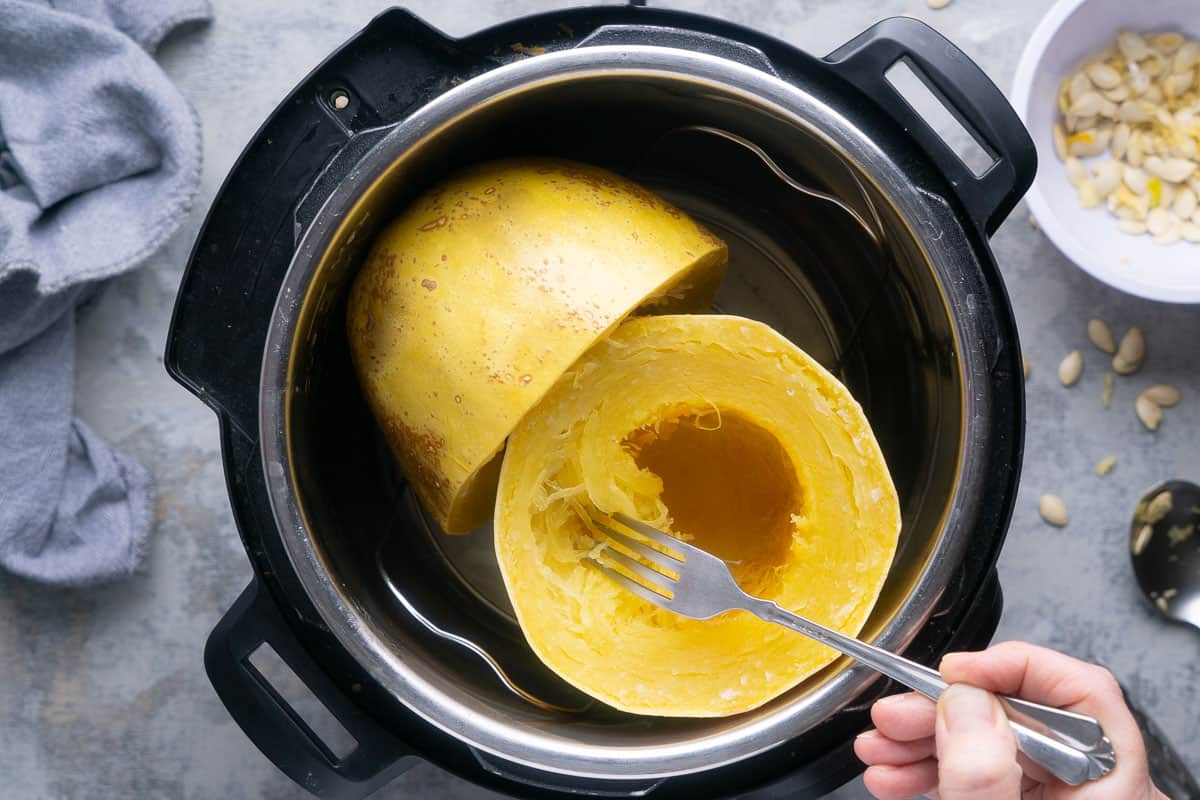
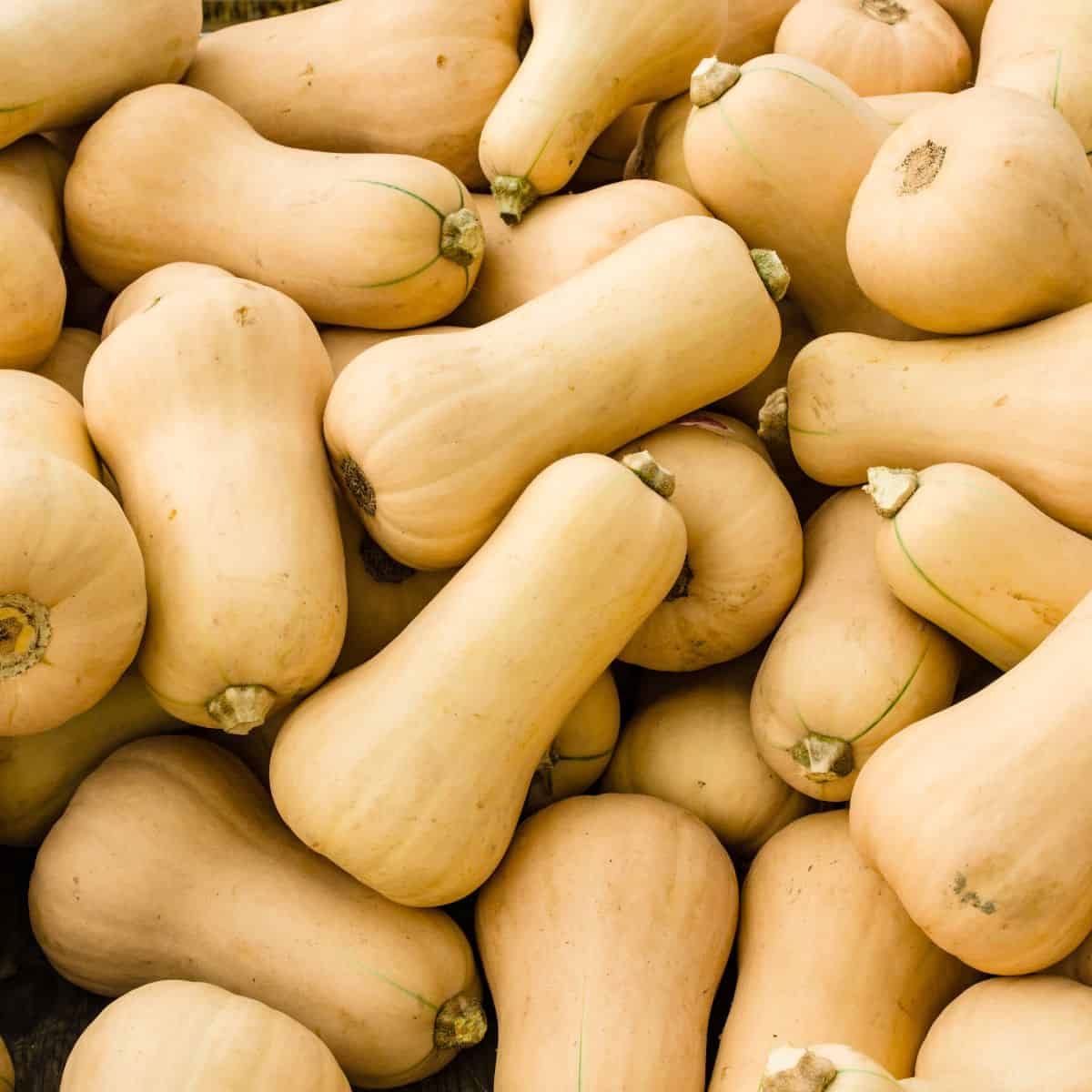
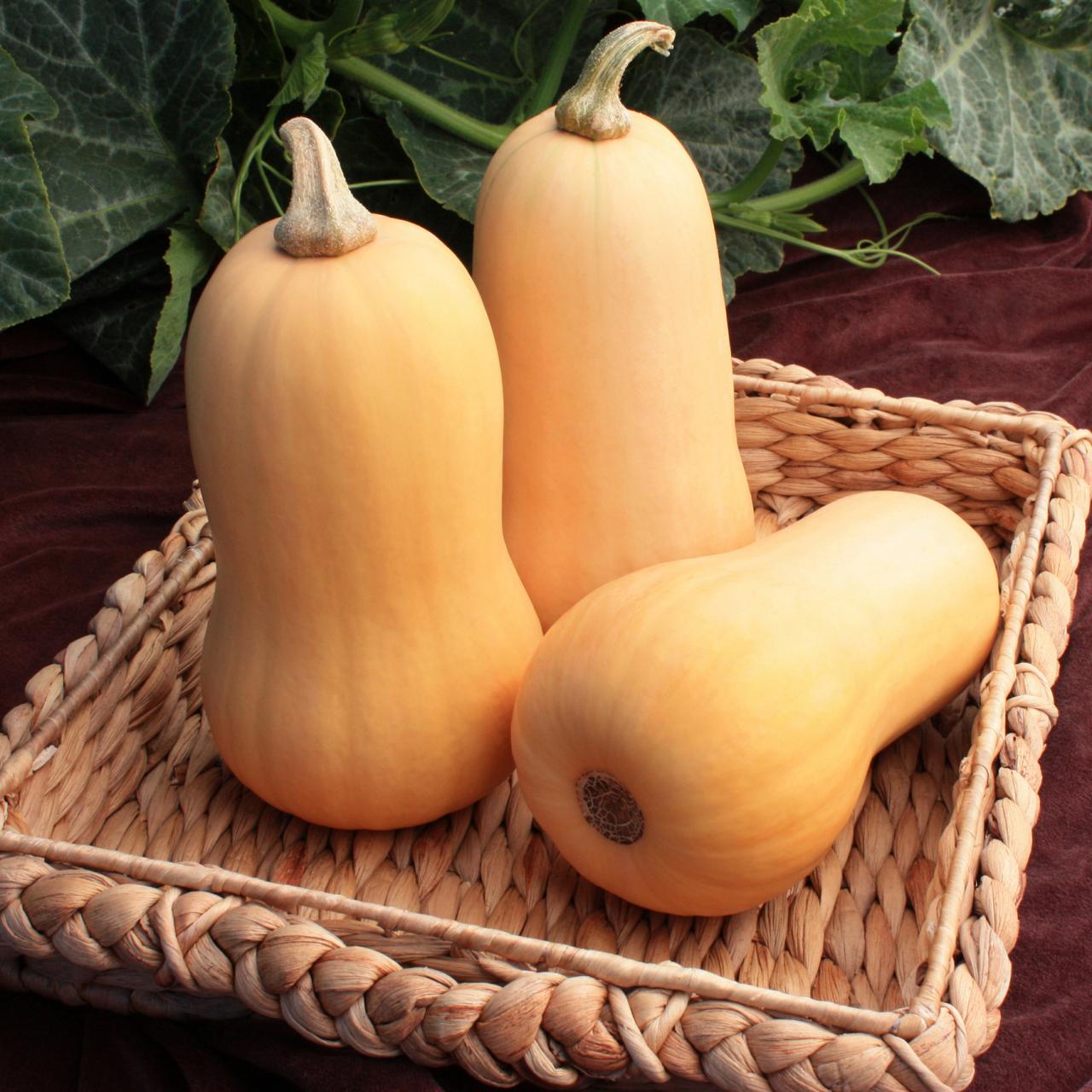
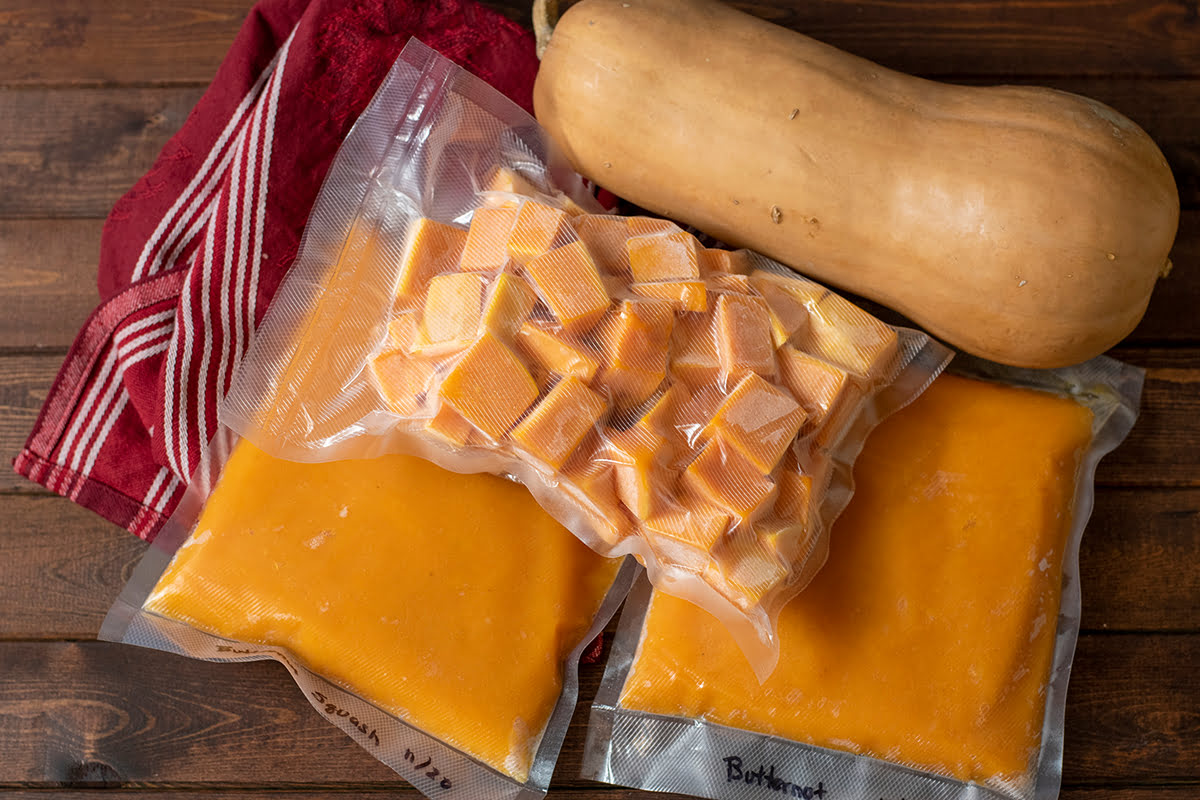
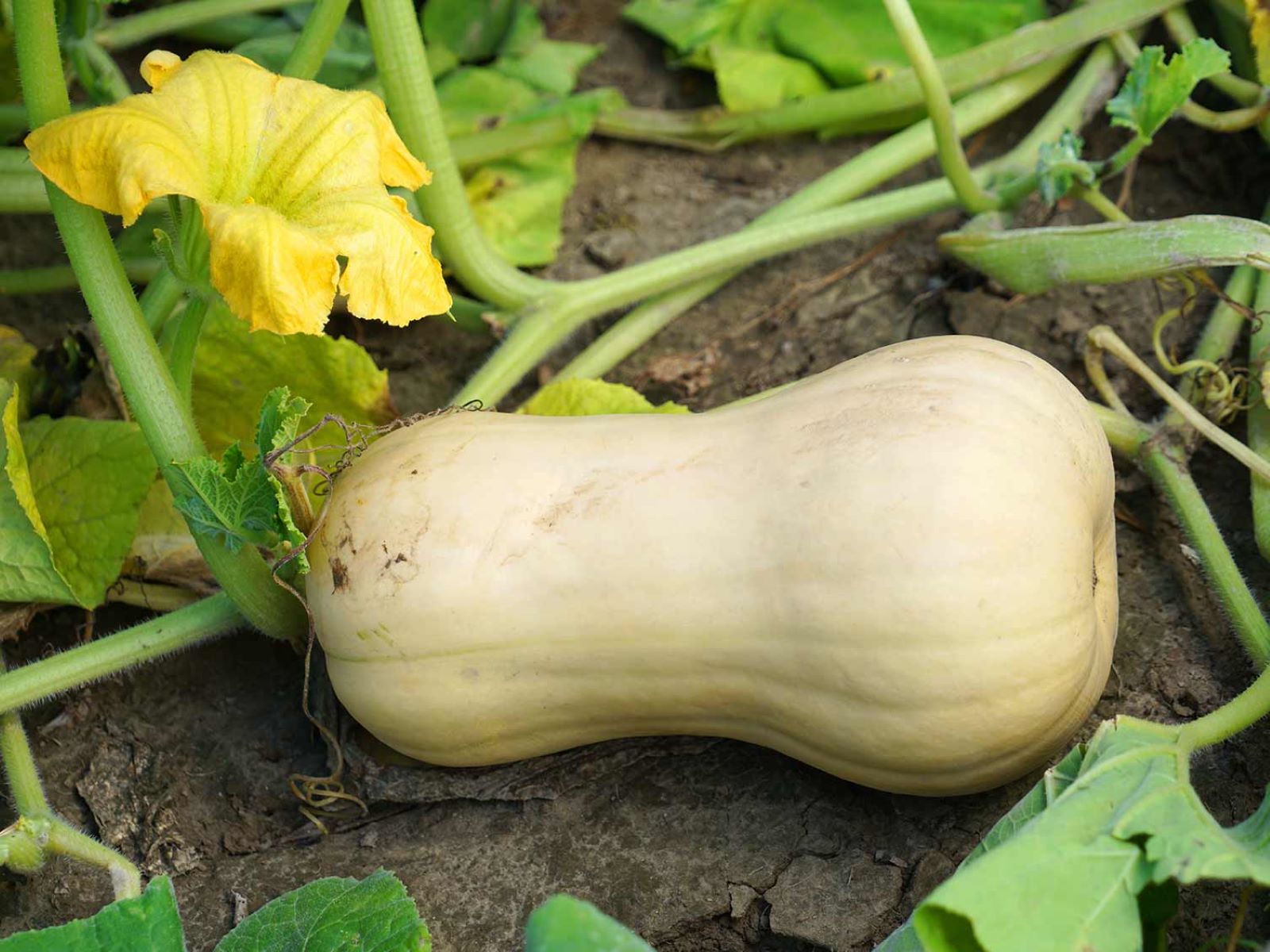
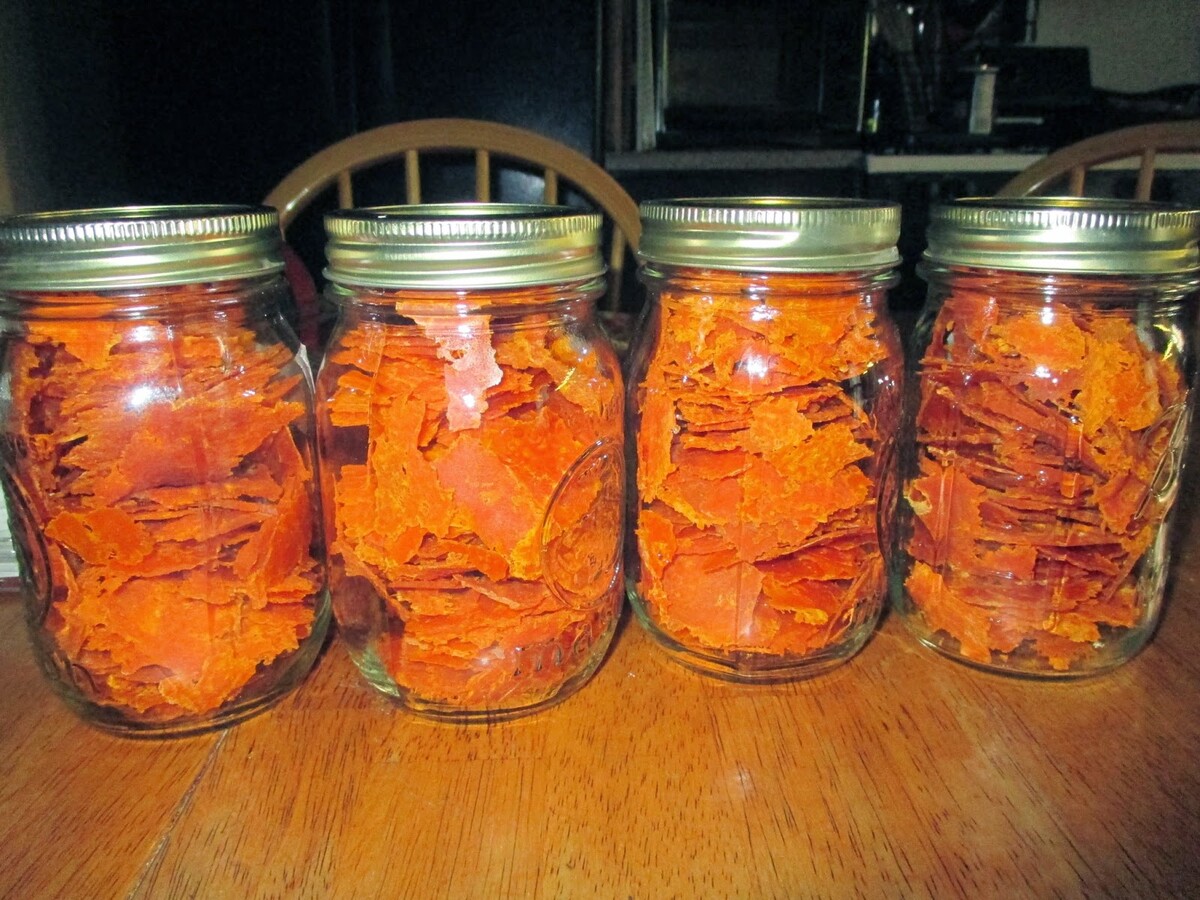
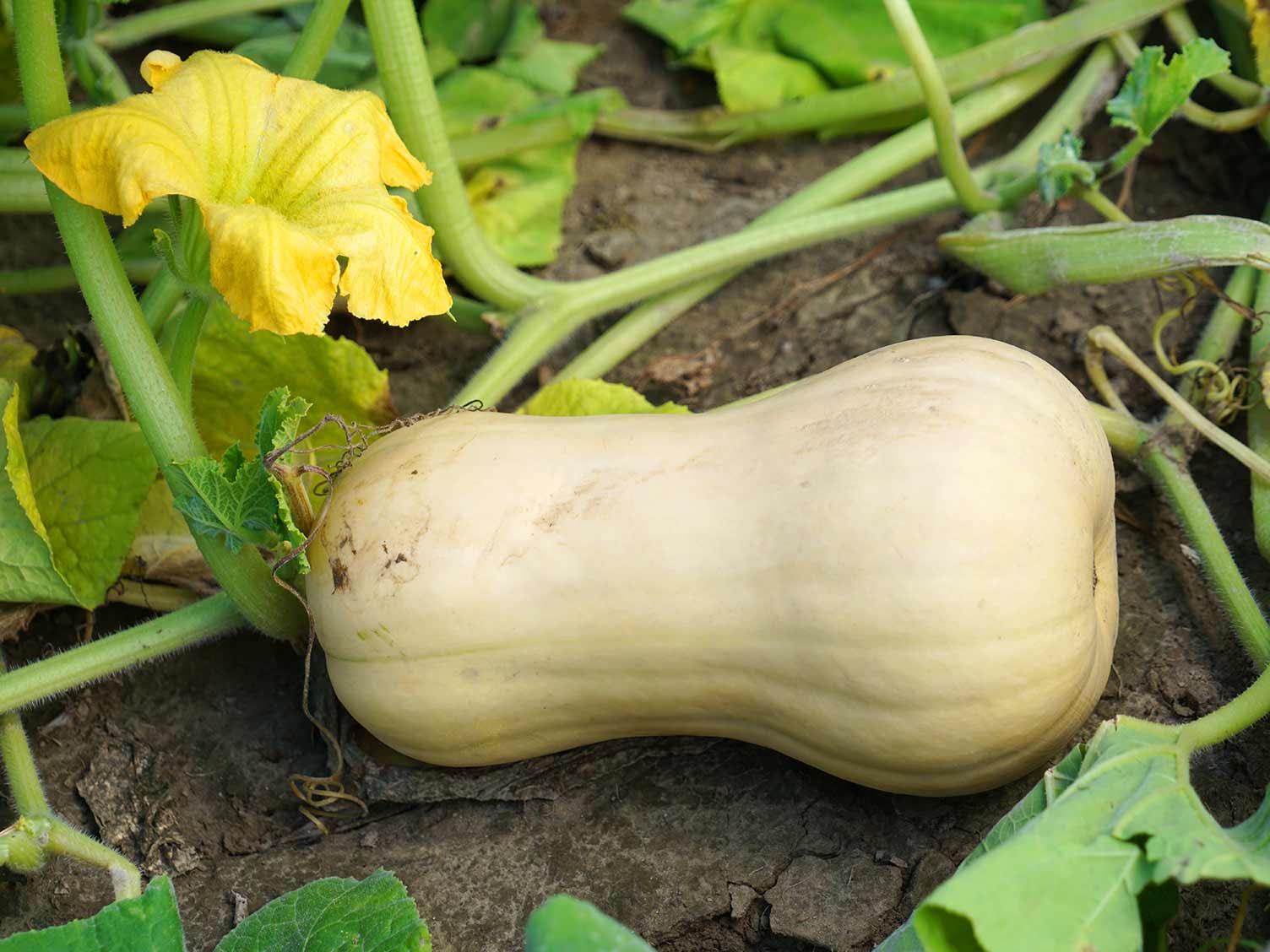
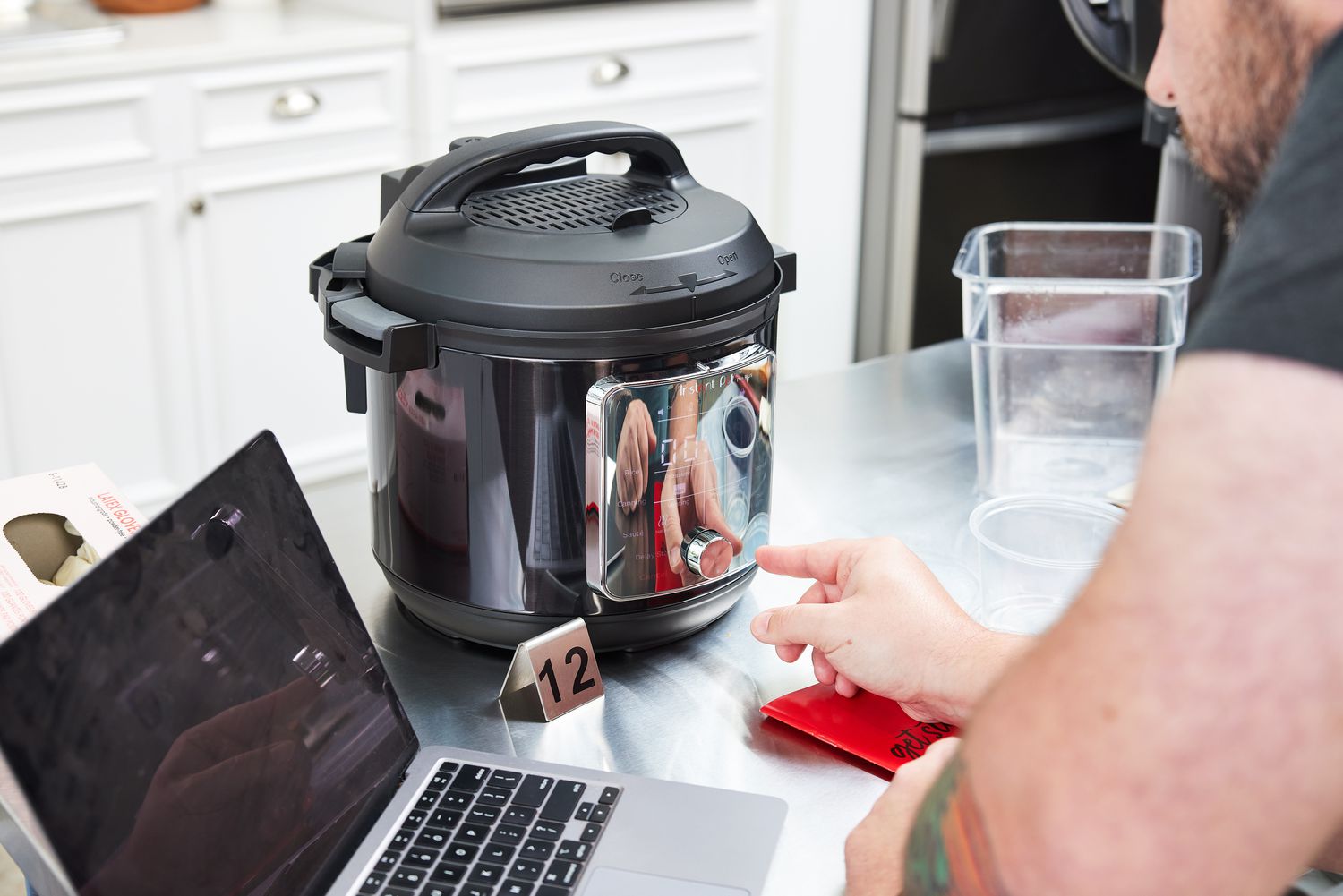
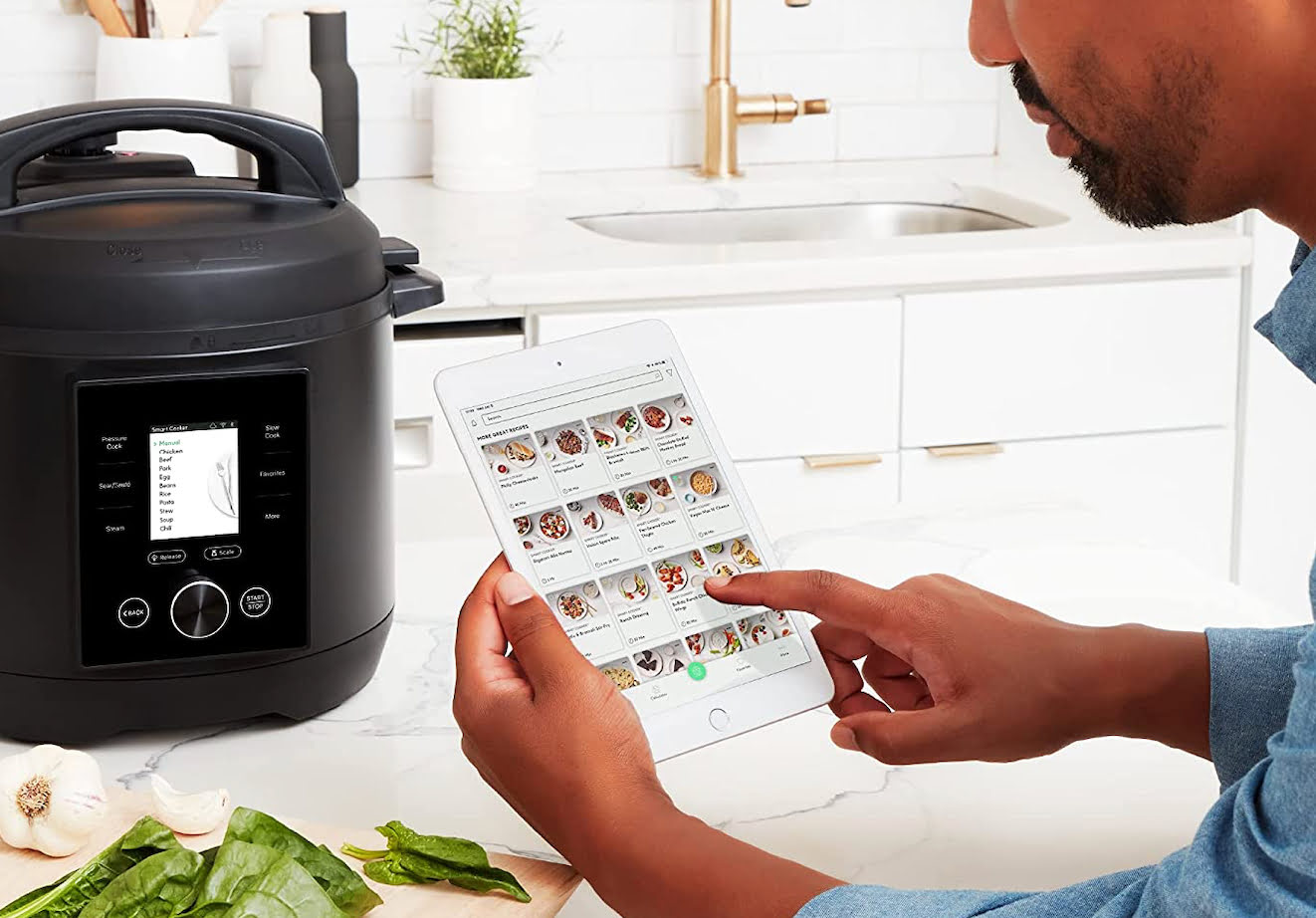
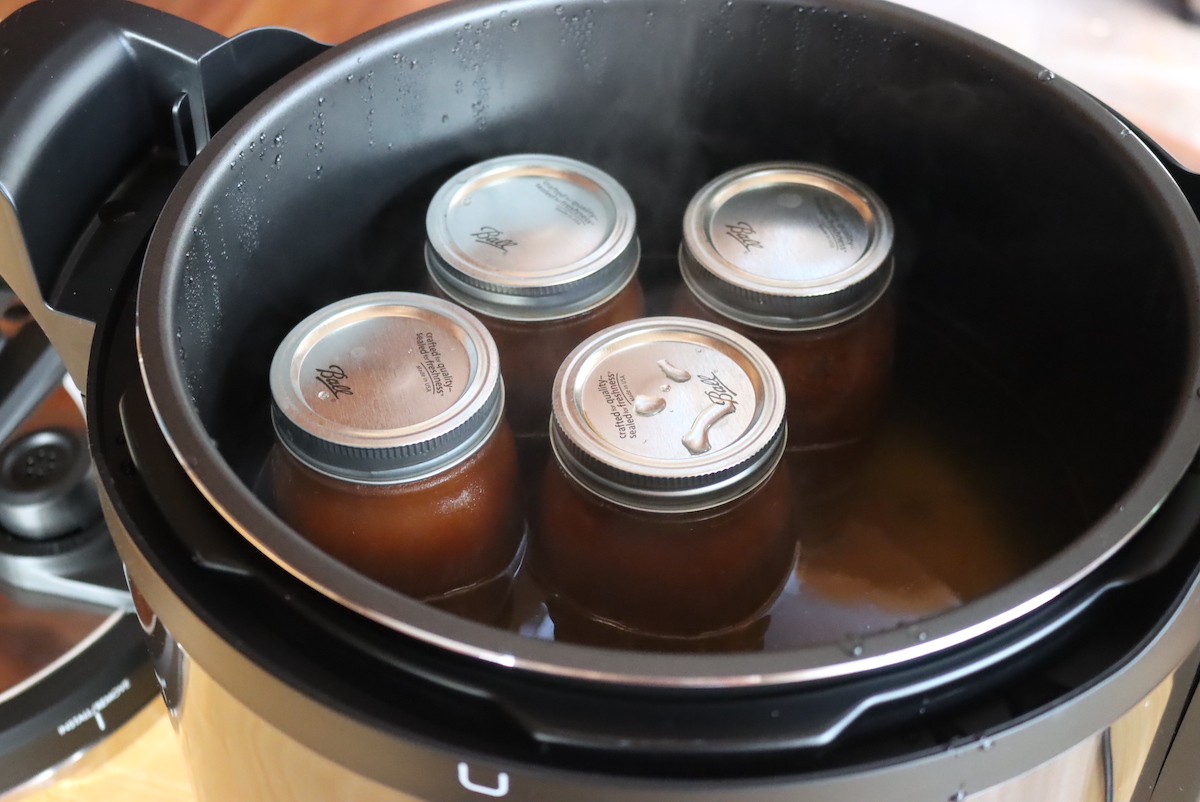
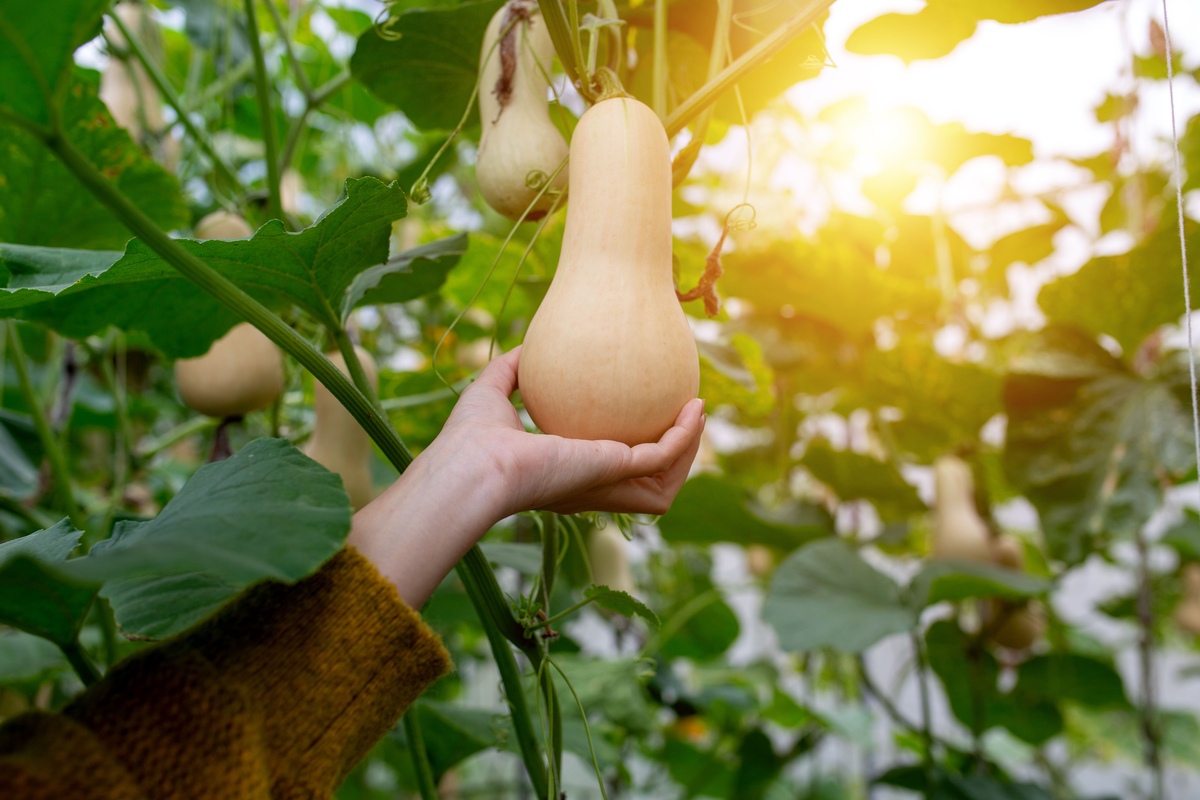
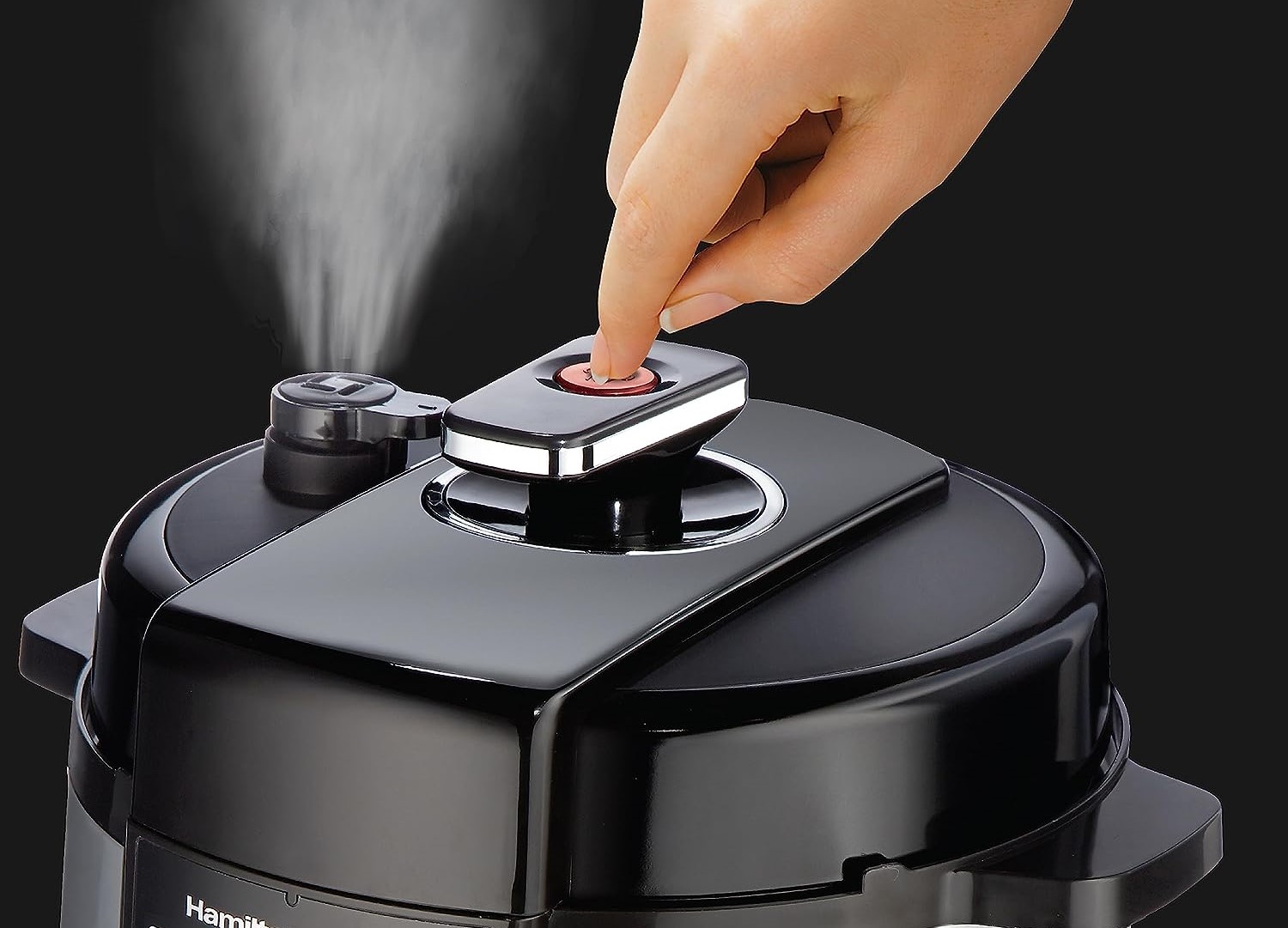
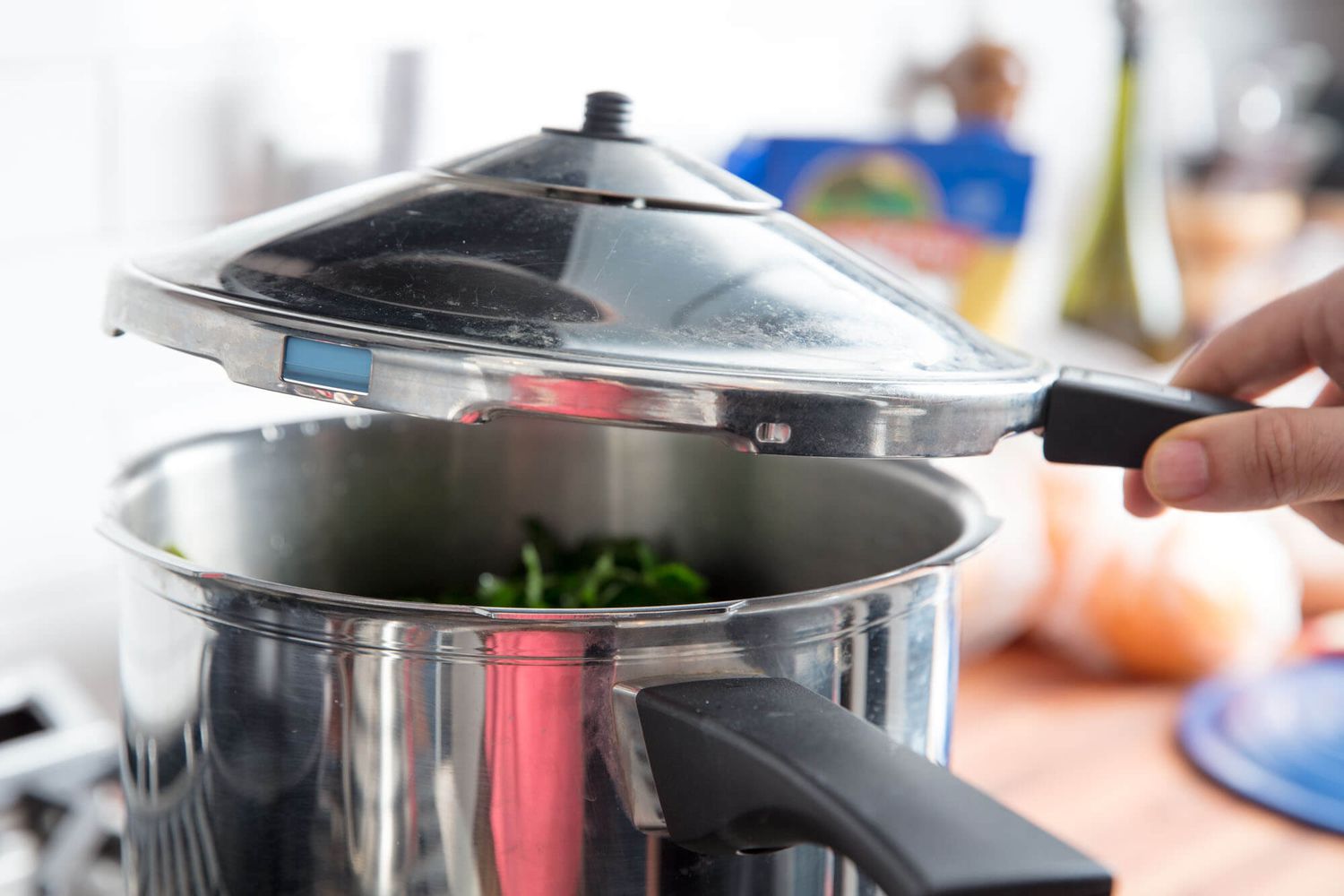
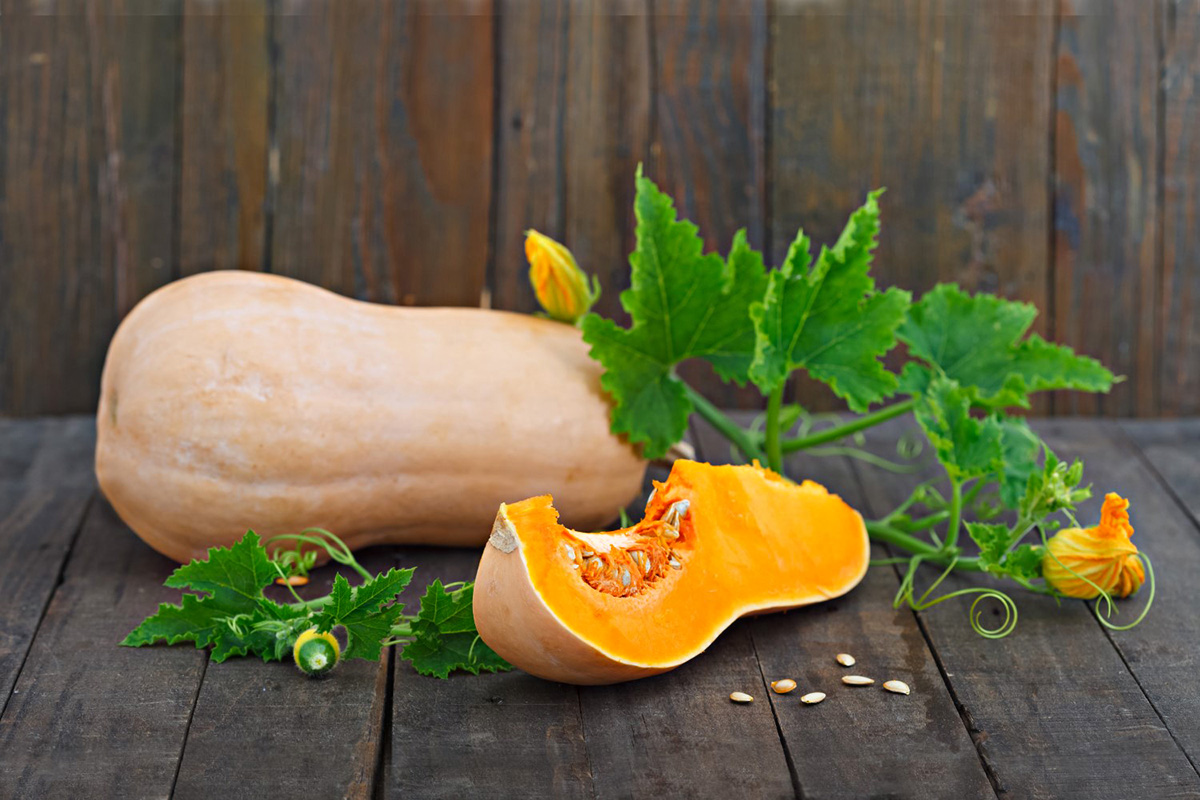

0 thoughts on “How To Cook Butternut Squash In Electric Pressure Cooker”